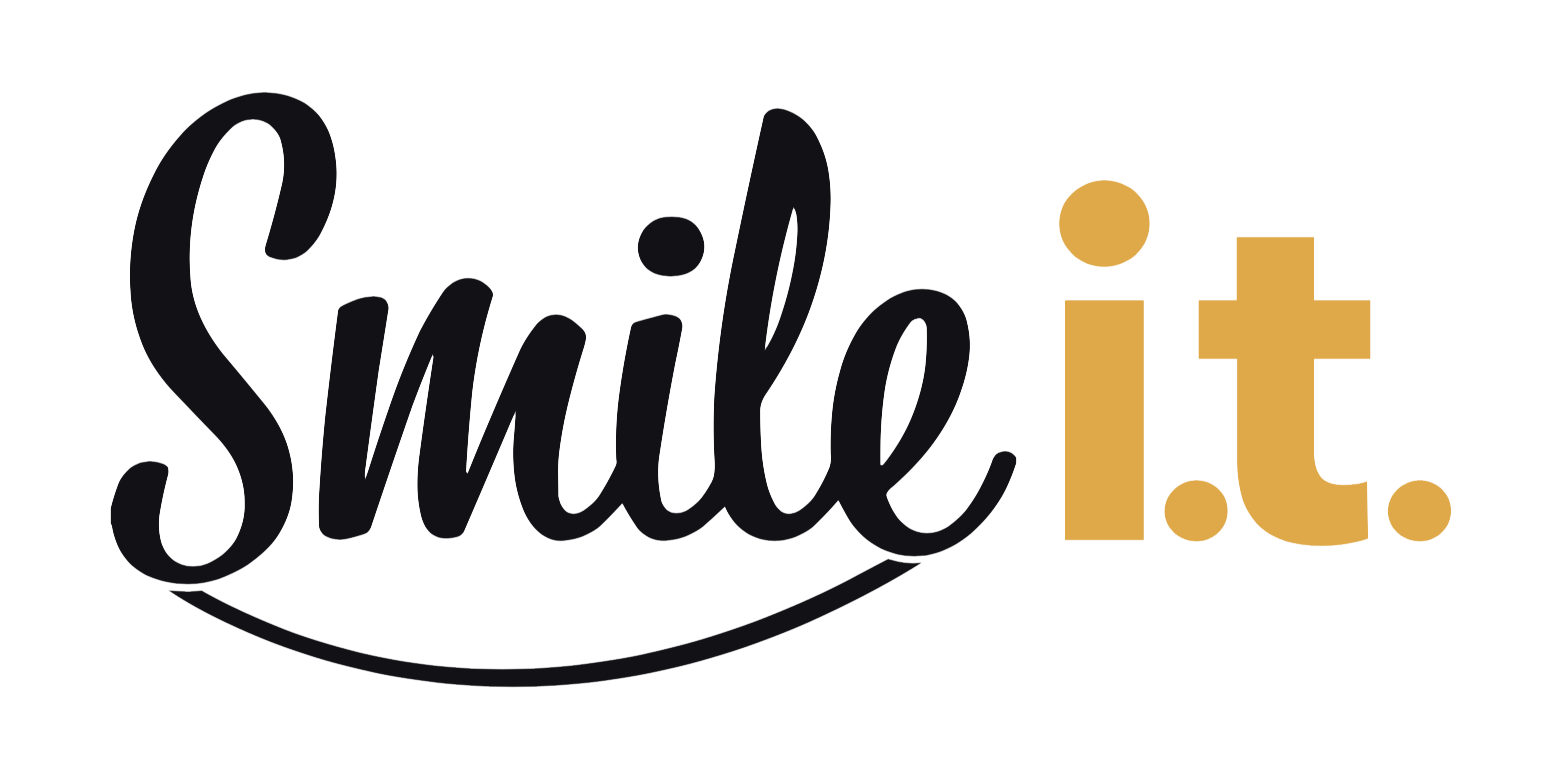The outbreak of the Coronavirus has thrust videoconferencing into the centre of our lives. We’re confined to our homes and interactions with people are minimised and sanitised, so the face-to-face interactions a video call offers are extremely important to our work and social lives.
We’re embracing them with open arms, with talk about Zoom, Skype, Google Hangouts and other videoconferencing software hard to avoid. We’re using video calls to stay in touch with family, go on dates, talk to our work colleagues or boss and communicate with clients.
Most of the time you could be hanging out in your pyjamas and it wouldn’t make a difference to the person or people on the other end of the call. But if you’re talking to your boss, or a client, or a potential client, then you want to be at the top of your game. The confidence of knowing you’re looking good is going to shine through and you’ll impress whoever you’re talking to.
There are a few easy things you can do to make sure you look your best on a video call. They’re actually not too hard to do, so follow these tips and you’ll be a step closer to nailing those online conference calls.
Get Your Lighting Right.
Any photographer will tell you the key to a successful shoot is the lighting. The same principles hold true for a video call. Nice even lighting on your face will make your image pop out on the screen and accentuate the effect of your eyes. Eye contact is as important in video calls as it is in real life, so giving your eyes a bit of a sparkle is a great idea.
The best way to achieve this kind of lighting in the day is to sit facing a window, so the natural light pouring in illuminates your face. If your house is darker, or your call is at night, then place a lamp behind your computer so it lights you up.
Definitely avoid having light behind you. You’ll end up looking like a silhouetted dark shadow, and the bright light shining straight into the camera could end up causing a harsh effect on the screen of the people you’re talking to. Another thing to avoid is overhead lights, as they’ll cast dark shadows under your eyes. A light at eye level is optimum.
The Angle.
This is quite a simple trick: don’t have the camera below your face. You won’t often see a photographer or videographer shooting their subjects from low down, and its because they won’t get flattering images that way.
If your laptop/webcam is elevated above your face, you won’t get the double-chin effect, or the ‘camera up the nostril’ effect. Put your computer on a stack of books or something, and have it pointing down towards you. Angles are important.
Do a Tech-Check.
You want reliable technology to have the best video calls. If any part of your tech lets you down, you might not be so successful in getting your message across. We’d recommend a mic headset and a solid internet connection. If your laptop webcam is sub-standard, invest in an external webcam. They’re not too pricey.
Get the rest of the family to lay off the heavy downloads or streaming while you’re on the call, in case that causes disruptions to your signal.
Prepare to Look Your Best on a Video Call.
You need to know what you look like, so there are no surprises when you pop up on the screen at the start of your conversation. Turn your webcam on and make sure your angles and lighting are correct. You could even have a practice conversation with a friend to get comfortable with how you look when you’re talking on a video call. Anything that reduces your anxiety and boosts your confidence is a going to make you come across better to your client or work colleague.
Don’t Forget You’re on Camera.
You need to behave like you’re in an actual meeting the whole way through the videoconference call. There’s been some interesting memes going around of people who forgot they were on camera and ended up doing outlandish things. Those are worst case scenarios, but you don’t want to appear disinterested or be looking at your phone.
Remove Distractions.
Our homes are generally busier places than say, the office boardroom. There’s going to be more stuff in the background which can distract the viewer. Try find a plain wall that’s well-lit as per the lighting tips above. If you can’t find one, make sure the view behind isn’t too chaotic – having your two-year-old ride the Labrador across the lounge floor while you’re trying to impress a client will be funny, but not necessarily good for the meeting.
Keep the background as minimal and neat as possible if you don’t have a plain wall to stand in front of. No dishes piling up in the kitchen, no toys lying all over the floor. Ask your family to give you a bit of time and space so they don’t keep popping up in the background of the call.
Dress for It.
By dressing as you would for work you maintain the professionalism expected of you in your workplace. If you look good, you feel good and that confidence will be evident in your conversation.
A couple of tips on clothing though: avoid patterns or stripes, choose solid and bold colours instead. Complex patterns can seem a bit weird on the camera, they tend to ‘wobble’ a bit. Also, stick to simple jewellery that doesn’t hang or jingle when you move. It’s all about creating as few distractions as possible.
When you first start off with videoconferencing, it can be daunting. It’s a good skill to master though, and hopefully some of these tips will help you grow into being confident and assured when you place video calls or conferences. Give Smile IT a call if you need any help with your home IT setup, and if you need some pointers on how to successfully work from home, have a read of this article of ours.
When he’s not writing tech articles or turning IT startups into established and consistent managed service providers, Peter Drummond can be found kitesurfing on the Gold Coast or hanging out with his family!


